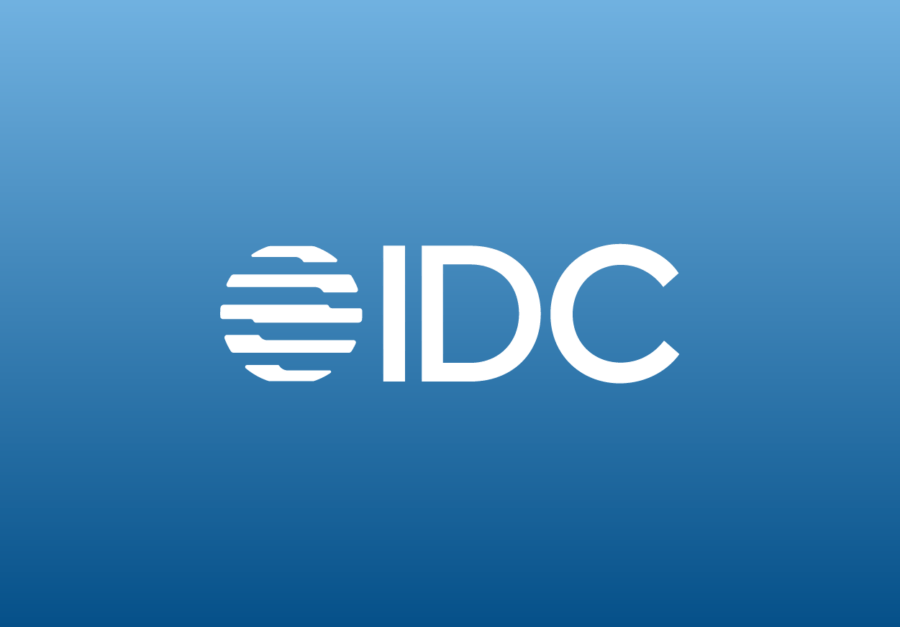Blog
Top 5 Treasury Practices That Will Change Your 2023

For treasury teams, 2022 was full of extremes. With rapid FX fluctuations, price inflation, rising interest rates, new cash forecasting challenges, global recession fears and more, treasurers head into 2023 facing a lot of uncertainty.
In speaking with Kyriba clients and reviewing developments from the past year, we have compiled a list of five key practices that many of your treasury peers are putting into play to make their organizations more financially resilient in the new year.
Real-time Treasury
Having full visibility of an organization’s cash and liquidity can be a daunting task. Treasury departments often rely on a combination of disparate tools and data sources to determine a company’s cash position, and the time it can take to obtain that information is far from instant.
But real-time views of cash and liquidity may soon be the standard for treasury departments, thanks to APIs like the new real-time treasury solution from Kyriba and J.P. Morgan. This API provides treasurers with real-time cash visibility, bank reporting and payments. With immediate access to data, treasury departments can make real-time decisions on investing cash balances.
David Miller, SVP and treasurer for Hunt Companies, said at KyribaLive 2022 that he sees APIs as the future of treasury and that treasury teams should have “real-time everything.” A mutual Kyriba and J.P. Morgan client, Hunt Companies, has already begun using the real-time treasury API and is gaining efficiencies from it.
Artificial Intelligence
As artificial intelligence (AI) continues to infiltrate the treasury world, there is a question of just how “intelligent” treasury software can become in 2023 and beyond. Companies who invest in solutions that utilize this technology will likely be rewarded for doing so.
AI and machine learning (AI/ML) can provide treasury and finance with insights and capabilities that are nearly impossible using manual methods. Solutions like Kyriba’s new Cash Management AI can learn from an organization’s cash flow history to make better inflow projections over time. Machine learning is also essential in modern payments fraud detection; it can screen transactions against historical payment data to identify anomalies. With companies prioritizing forecasting and fraud showing no signs of abating, AI/ML will undoubtedly be very useful in the new year.
Cash Forecasting
As previously noted, cash forecasting will be a major focus for treasury departments in 2023. The Covid-19 pandemic and the many issues that followed led to organizations changing how they approach cash forecasting. In the pre-pandemic era, treasury departments might only produce one forecast; now, they are producing multiple forecasts based on different potential scenarios. “The ‘what-if’ scenarios became increasingly important,” noted Bob Stark, global head of marketing for Kyriba, in a recent webinar.
As interest rates continue to increase and with a possible recession looming, forecasting will need an upgrade at many organizations. The tools of the pre-pandemic era are no longer sufficient. Many treasury management systems have trouble handling multiple data sets and scenarios. And while Excel is much easier to use, it is too prone to error to be seen as an adequate solution to meet this moment. Companies have more data at their disposal than ever before, and they want to use it to make more informed decisions. The only way to do that in real-time is with APIs.
APIs can bring data sets together from multiple sources, such as the TMS, the ERP, purchase orders and invoices and merge them into one composable system. The unification of data allows for better decision-making and therefore, better forecasting.
Liquidity Planning
Liquidity planning builds on the cash forecast and infuses it with data to project liquidity and model the impacts of financial decisions, allowing treasury to optimize investing, borrowing, and working capital management. This helps predict free cash flow and establishes how organizations can fund acquisitions and new growth opportunities.
In 2022, Kyriba introduced its new Liquidity Planning platform, which allows treasury to extend forecast horizons, while also being as flexible and easy to use as Excel. And when combined with Kyriba’s Liquidity Analytics add-on, the platform enables treasurers to extend the reach of their cash forecasting capabilities into liquidity planning.
Value Engineering
Lastly, to make any kind of digital transformation 2023, treasury will need to build a strong business case. Value engineering programs can be a huge help; by identifying key improvement opportunities and then tracking achievements after implementation, treasury teams can show senior leadership that the investment was necessary.
Kyriba’s Value Engineering process begins with the Value Discovery stage, in which key challenges and improvement opportunities are identified. After the system has been implemented, the Value Monitoring stage begins; this is where Kyriba works with the client to determine success criteria and whether all goals established in the previous stage are being met. In the final stage, Value Realization, Kyriba helps clients evaluate success, document best practices and benefits, and identify future opportunities.
Onward to 2023
Every year is unpredictable in some way, and 2023 will surely have its share of surprises and market shocks. But the more data treasury has at its disposal—and the better technology it has to access that data in a timely manner—the more prepared it will be to address any challenges that lie ahead.
For more insights, check out the webinar, Top 5 Treasury Practices That Will Change Your 2023. Kyriba’s Bob Stark and Dory Malouf help you prepare for the challenges you’ll face in 2023.












